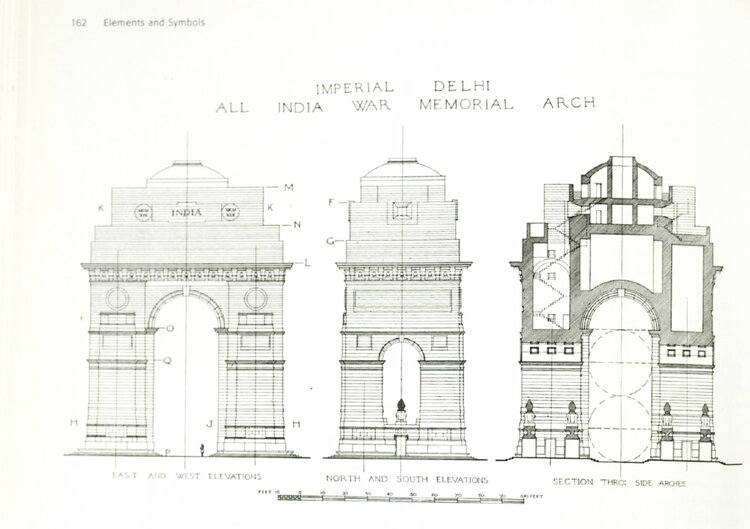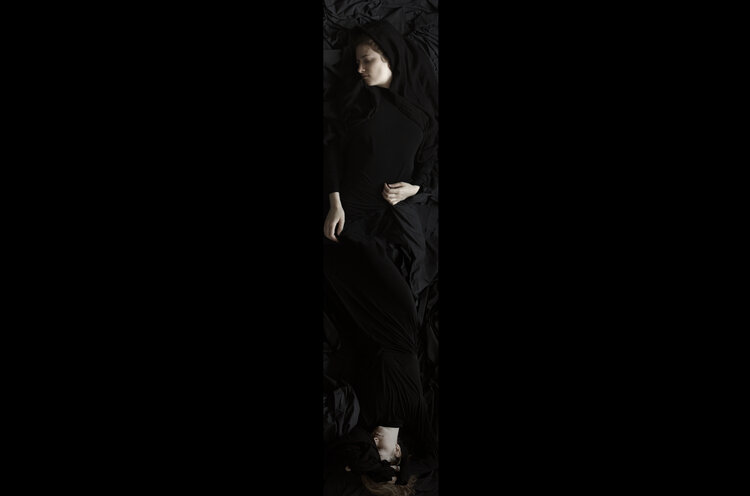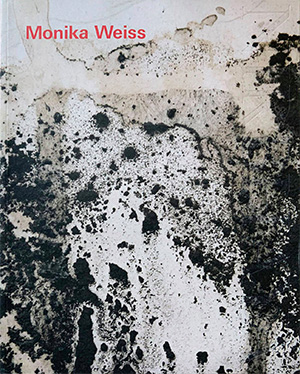“Monika Weiss. Nirbhaya” is an extensive monograph of an outstanding Polish-American artist, Monika Weiss. In her work, she focuses on politics and poetics of memory, alluding to the history of the neglected or erased from the collective awareness. In her projects the artist presents the woman’s body, including her own, as a carrier of memory and potential place of transformation.
The publication concentrates on the artist’s latest project – the monument devoted to the victims of violence, dedicated to Jyoti Singh. What became a direct inspiration for the project was India Gate in New Delhi and Arc de triomphe in Paris. It is the author’s response to the symbolism of monuments devoted to heroism of war participants, her protest against their status. Weiss lays the arch on the ground and reduces its scale to the size of a stone sarcophagus filled with water and a moving image. The context of the project points to two kinds of oppression – the colonial oppression of cities and violence against women, although, as the artist suggest, the monument also plays the role of a place of rebirth, reflection and retaining living memory.

The core of the publication consists of critical texts devoted both to “Nirbhaya” and the artist’s previous projects. The monograph includes essays about the most important themes present in Monika Weiss’s work, inherent in the series of drawings she has been creating over the recent years, her video projects and projects in the public space realized in many cities of the world, as well as the motif of sound which is hugely significant for the artist. Another crucial aspect is also the symbolic meaning of lamentation, which is Monika Weiss’s art acquires a revolutionary dimension and is a starting point for many of her works.
Weiss is associate professor and area coordinator for time-based + media art in the Sam Fox School of Design & Visual Arts at Washington University in St. Louis. “Monica Weiss. Nirbhaya” is edited by art historian Griselda Pollock and includes texts by Mark McDonald, Kalliopi Minioudaki, Meena Alexander, Buzz Spector, Weronika Elertowska, Katarzyna Falęcka, Eulalia Domanowska, as well as an introduction written by the Director of the Centre of Polish Sculpture Maciej Aleksandrowicz.

